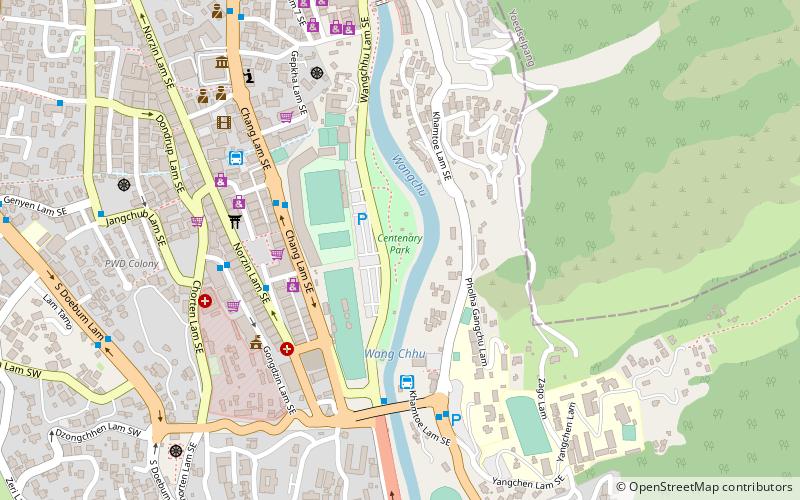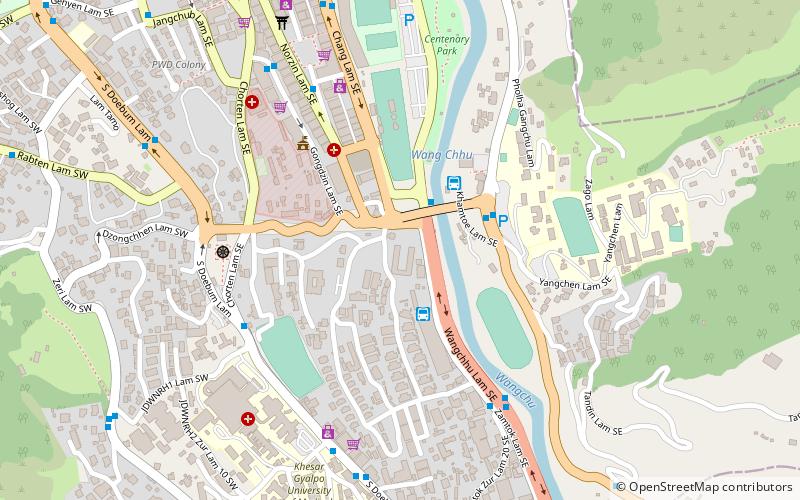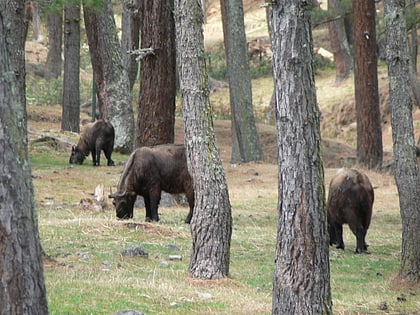Simtokha Dzong, Thimphu
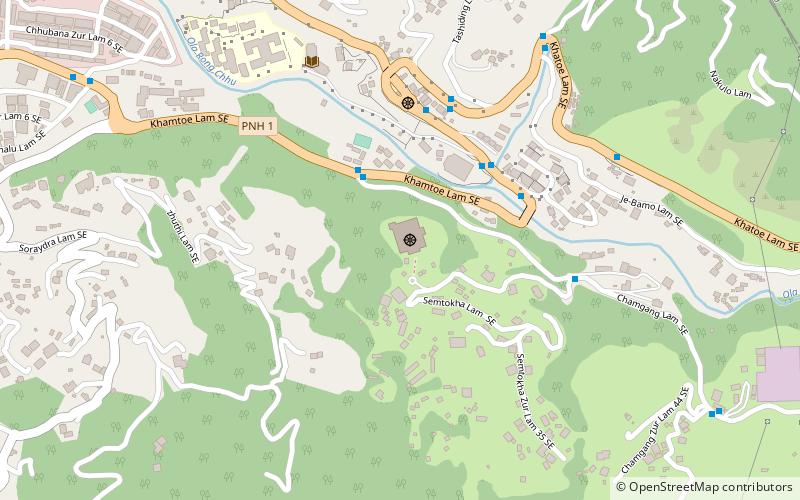
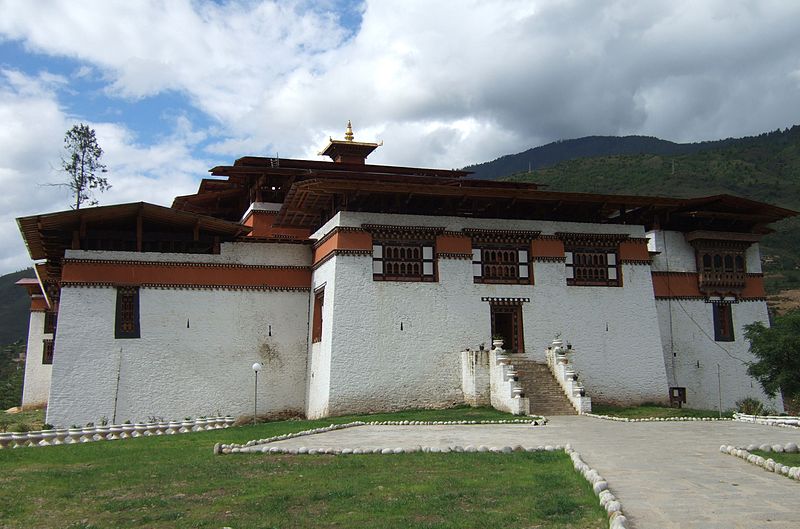
Facts and practical information
Simtokha Dzong, nestled in the serene valley of Thimphu, Bhutan, stands as a testament to the country's rich monastic heritage. Constructed in 1629 by Zhabdrung Ngawang Namgyal, who unified Bhutan, this fortress-like monastery is one of the oldest dzongs in the country and continues to be a focal point of cultural and religious significance.
The structure's strategic location at the crossroads of ancient trade routes has historically protected the Thimphu valley. Its name, Simtokha, is derived from 'Simmo' (demoness) and 'Do' (stone), inspired by a legend that Zhabdrung Ngawang Namgyal built the dzong to subdue an evil spirit that had taken the form of a demoness.
Simtokha Dzong is characterized by its impressive architecture, featuring traditional Bhutanese design elements such as whitewashed walls, wooden cantilevered balconies, and a distinctive red and gold band that runs along the top of the structure. Inside, the dzong houses several temples and shrines dedicated to Buddhist deities, with exquisitely painted murals and carvings adorning the walls and ceilings.
As an active monastery, Simtokha Dzong is not only a historical monument but also a living center of learning and spirituality. It is home to a monastic school where young monks study Buddhist philosophy, literature, and the Dzongkha language.
Visitors to Simtokha Dzong can explore the courtyards and temples, and immerse themselves in the tranquil atmosphere that pervades the complex. The view from the dzong, overlooking the Thimphu valley and the surrounding mountains, is nothing short of breathtaking.
Thimphu
Simtokha Dzong – popular in the area (distance from the attraction)
Nearby attractions include: Changlimithang Stadium, Centenary Park, Memorial Chorten, Dechen Phodrang Monastery.


